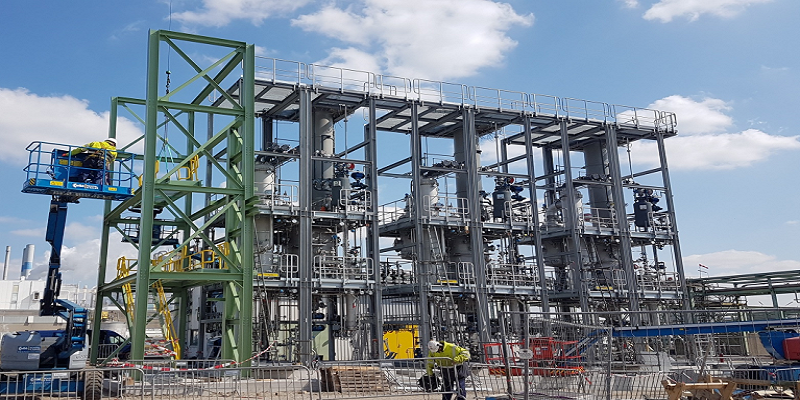What does a Solvent Recovery Plant manufacturers do?
Solvent Recovery Plant manufacturers design, develop, and manufacture equipment used for the recovery of solvents. These plants are used in industries such as chemical, pharmaceutical, and paint to remove solvents from process streams, reducing waste, and lowering costs. The plants use various techniques such as distillation, adsorption, and membrane filtration to separate and recover the solvent trapped in process streams. The manufacturers design these plants based on the specific needs of the customer, and they can handle a variety of solvents and process streams. They also offer maintenance and troubleshooting services to ensure optimal plant performance. The demand for solvent recovery plants is driven by the need for eco-friendly and cost-efficient manufacturing processes, making Solvent Recovery Plant manufacturers an essential player in the industry.
What is a Solvent Recovery ?
Solvent recovery is the process of reclaiming or recovering solvents from a mixture or solution for reuse. This is typically done in industrial settings where large amounts of solvents are used in various manufacturing processes. Solvent recovery can be achieved through several methods, such as distillation, adsorption, and membrane filtration. The benefits of solvent recovery include reducing waste, decreasing environmental impact, and lowering operating costs for companies that use solvents.
SOLVENT RECOVERY
Solvent recovery system is a process system that takes effluent and extracts useful solvents and raw materials back out of the process waste stream. The recovery of solvents from effluent can be achieved with a variety of technologies. A common recovery method is solvent distillation systems, but liquid-liquid extraction, absorption systems, film evaporation, crystallization, and membrane separation can also be used, depending on the application.

